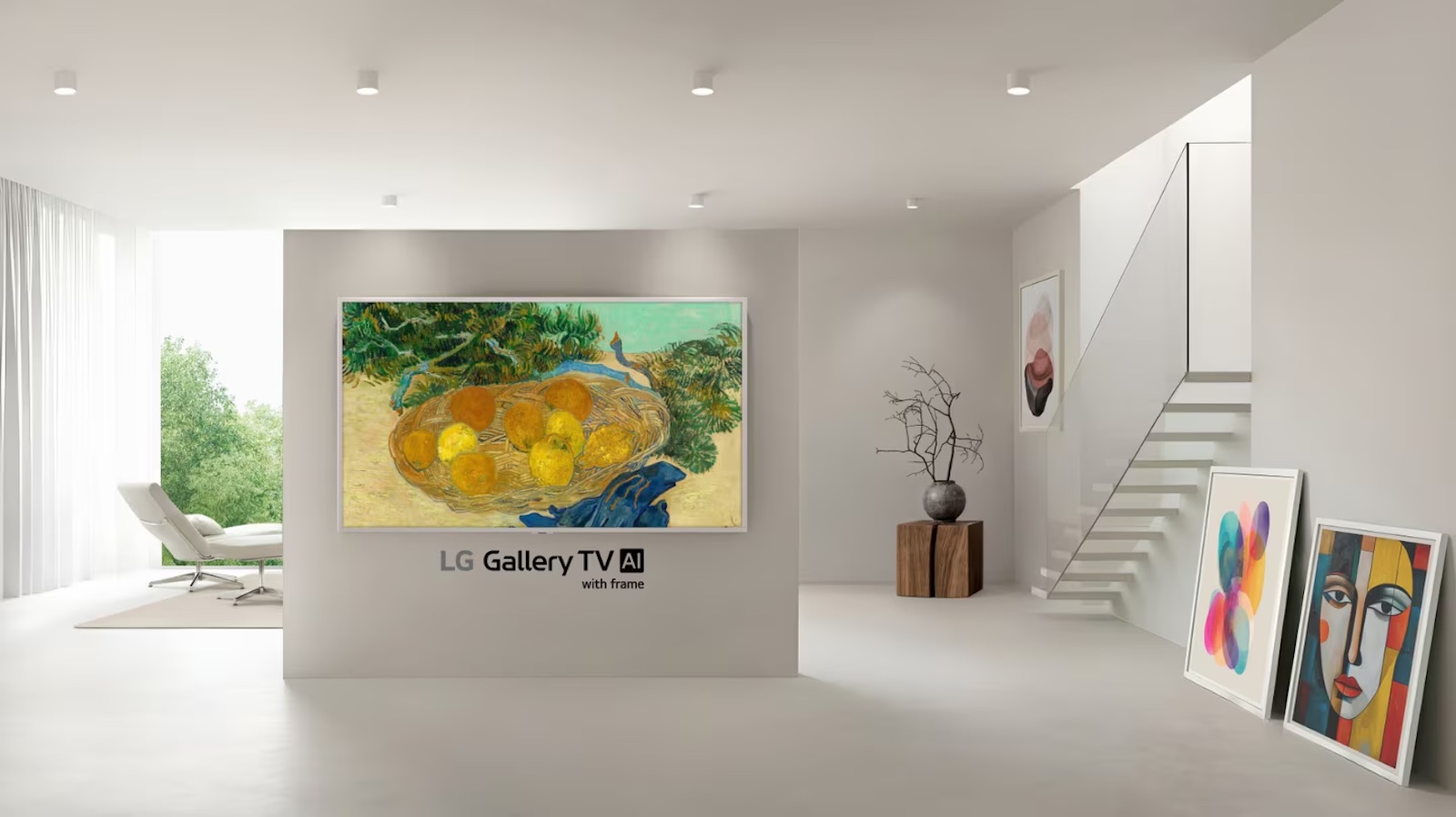The Samsung Galaxy S24 marks the end for curved screens on phones (and TVs) – but there's one place they work
Samsung ditched the curve on its TVs a while ago, and now its phones are flattened out too

Cast your mind back to a bygone age, when TVs and smartphones reached unprecedented designs that we believed were merely makings of sci-fi dreams. Yes, 2015 really was a defining year for displays, as curved TVs were in their prime, and phones were about to follow suit.
I vividly remember using the Samsung Galaxy S6 Edge for the first time and being blown away by how the screen melted over the frame of the display. In a similar fashion, I was amazed by the curved 4K Samsung TV in my family's living room, as it felt truly futuristic. Both of these curved displays were revolutionary at the time, with various benefits cited by Samsung.
On the phone side, the S6 Edge featured a special multitasking app bar that ran across the edge display, as well as a customisable notification system that lit up the perimeter of the display in an exotic light show. Essentially, the Edge was more of an aesthetic upgrade, offering slimmer side bezels and a more futuristic appeal to the device. Samsung carried this trend through to the Galaxy S7 Edge, while the S8 series onwards featured curved screens throughout all models. On later devices, the super-slim bezels, 18:9 aspect ratio and curved displays made for a truly sleek and uniquely identifiable aesthetic, which is why I have many fond memories of my old Galaxy S8.
However, the never-ending dichotomy of form and function was at the heart of these curved displays, as while they looked good in the hand, they had a few noticeable issues. Accidental touches were all too easy, and while Samsung tried its best to prevent these with clever software, it was never perfect; even up to the S23 Ultra from last year. There was also noticeable picture distortion towards the edges of these phones, as well as glare and reflections caused by the angle of the screen.
TVs, on the other hand, seemed to have more performance-led benefits for using a curved display. Samsung cited greater immersion and a wider field of view. There were also improvements to contrast, which resulted in a noticeable improvement to the three-dimensional effect on screen. However, as you may have noticed from our best TV page or extensive list of TV reviews since then, curved TVs have not stood the test of time.
Speaking from personal experience, curved TVs had a glaring issue regarding screen reflectivity (pun intended), which made positioning them in your living room rather difficult. Ambient light from a window would cause major problems in the daytime, and at night curved TVs were prone to reflecting lighting within your home from ceiling lights and lamps. Viewing angles were limited too, meaning those not sitting directly in front of the screen wouldn't receive the full benefit of the curved display.
So why have I taken us on this impromptu trip down memory lane? Well, it all stems from the Samsung Galaxy S24 Ultra (full review coming soon). At the launch event, where I managed to spend some quality time with the device, it dawned on me that neither the Ultra nor the S24 or S24 Plus had curved displays, making 2024 the first year that the Galaxy S lineup has been fully flat since 2015. While Samsung has been slowly transitioning away in recent years, the age of curved screens on its phones and TVs is officially over.
The latest hi-fi, home cinema and tech news, reviews, buying advice and deals, direct to your inbox.
A form factor we once thought might be the future of screen tech is now merely a trend from past products. But hold on, maybe we shouldn't be so defeatist – curved screens do have their place in 2024.
The one area where curved screens have stuck around? Monitors. While they offer the same benefits in terms of contrast, field of view and immersion, they also negate many of the issues we had with curved TVs. The foremost is positioning, as the likelihood is that you'll be sitting directly in front of the monitor, meaning you won't deal with the negative aspects of off-angle viewing.
Samsung seems to know that curved monitors are worth keeping around, as its suite of Odyssey gaming monitors is looking stronger than ever. The Odyssey Ark, yes that crazy rotating one, stands steadfast at the top of its monitor range, underpinned by stylish OLED and QLED offerings that take full advantage of their form factors.
So, to answer the question that set me off on this mental journey: technically, we're not over curved displays. While they've been ousted from the AV mainstream, gamers now carry the torch, keeping curved screens alive. A small part of me is pleased to see this, as in some ways my 2015 self was right; curved screens were technically the future, and in many ways, just ahead of their time.
MORE:
Check out the full Samsung Galaxy S24 reveal news
As well as our picks for the best TVs
And the best smartphones for movies and music
Lewis Empson is a Senior Staff Writer on What Hi-Fi?. He was previously Gaming and Digital editor for Cardiff University's 'Quench Magazine', Lewis graduated in 2021 and has since worked on a selection of lifestyle magazines and regional newspapers. Outside of work, he enjoys gaming, gigs and regular cinema trips.
